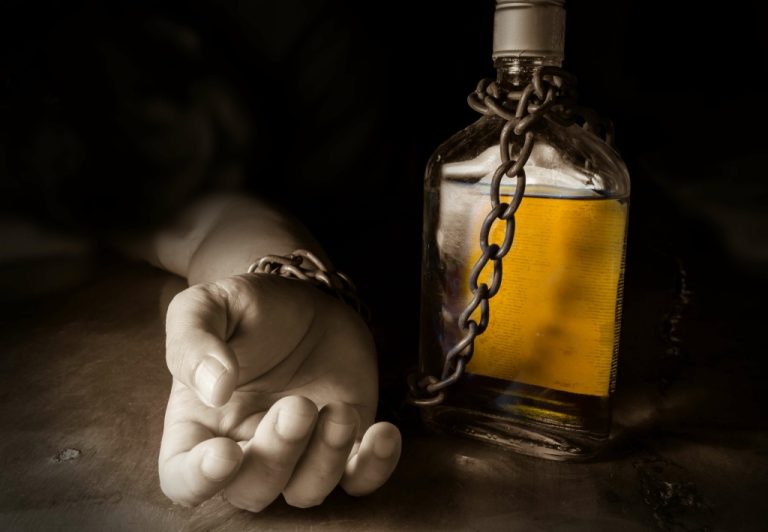Our staff are highly trained with dual mental health and substance use licensing. Our medical staff includes an ASAM certified addiction psychiatrist & an addiction-trained primary care physician. If you or someone you love is stuck in the cycle of addiction, don’t wait any longer. Contact Silver Ridge Recovery today to learn more about how we can help you break free and start your journey to long-term recovery. As addiction progresses, the individual may face a range of negative consequences. These can affect their health, relationships, finances, and overall quality of life.
This first use of drugs or alcohol might be all it takes to form an addiction due to the rush of dopamine to certain neurotransmitters in the brain. The individual may continue chasing that rush or high after the drug’s initial use (e.g., using opioids or even drinking alcohol). The first stage of addiction includes a person’s first time using a substance.


Aftercare can include sober living, ongoing therapy sessions, and continued contact with staff from your treatment choose the correct cycle of addiction center. Many rehabs also have strong alumni communities with events, 12-Step groups, and more to keep patients connected and supported long after they leave treatment. Professional treatment aims to treat both the physical and emotional aspects of addiction, helping you detox safely and process the underlying causes for addiction. They can also happen between stages, like tolerance development and dependence formation, when someone tries to stop their use but starts again. Physical dependence shows when you feel sick without taking the substance.

Many addictive substances, especially depressants, enhance GABA activity, leading to relaxation and sedation. However, prolonged use can desensitize the brain’s GABA receptors, making https://hashtag88.org/why-does-alcohol-make-me-sneeze/ it harder for the brain to regulate anxiety and stress without the substance. For example, someone addicted to cocaine may continue using despite financial ruin or family breakdown.
This intense desire for the substance reinforces the cycle, as the individual feels compelled to satisfy the craving, often despite the consequences. It’s the repeating pattern of triggers, cravings, use, consequences, and relapse that keeps people trapped in addictive behaviors. Support groups, like Narcotics Anonymous, help people with drug addiction issues.
It often begins with initial experimentation or recreational use, leading to continued and increasingly risky use. We can help you or your loved one through the admissions process and begin recovering from addiction. Relapse prevention strategies, such as mindfulness, stress management, and peer support, are vital for sustaining recovery. We understand the challenges of this stage of life, and our program is specifically built to serve the mid-life adult in a meaningful Sober living home and individualized way. If you’re asking, “how to know if you’re addicted to something,” these are warning signs. Withdrawals from different categories of drugs produce various side effects and require separate approaches.
Each time you use a drug, chemical changes happen inside your brain. With each use, you may find that the effects of the drug feel a little more subdued. Regular use will cause a person to take more of the substance to continue feeling the same outcome, which feeds into the cycle. Additionally, the Gamma-Aminobutyric Acid (GABA) system is crucial in understanding addiction, especially in the context of substances like alcohol or benzodiazepines. GABA is the brain’s primary inhibitory neurotransmitter, which helps to calm neural activity.